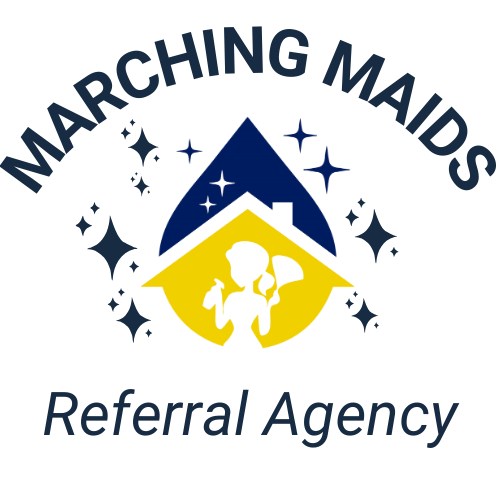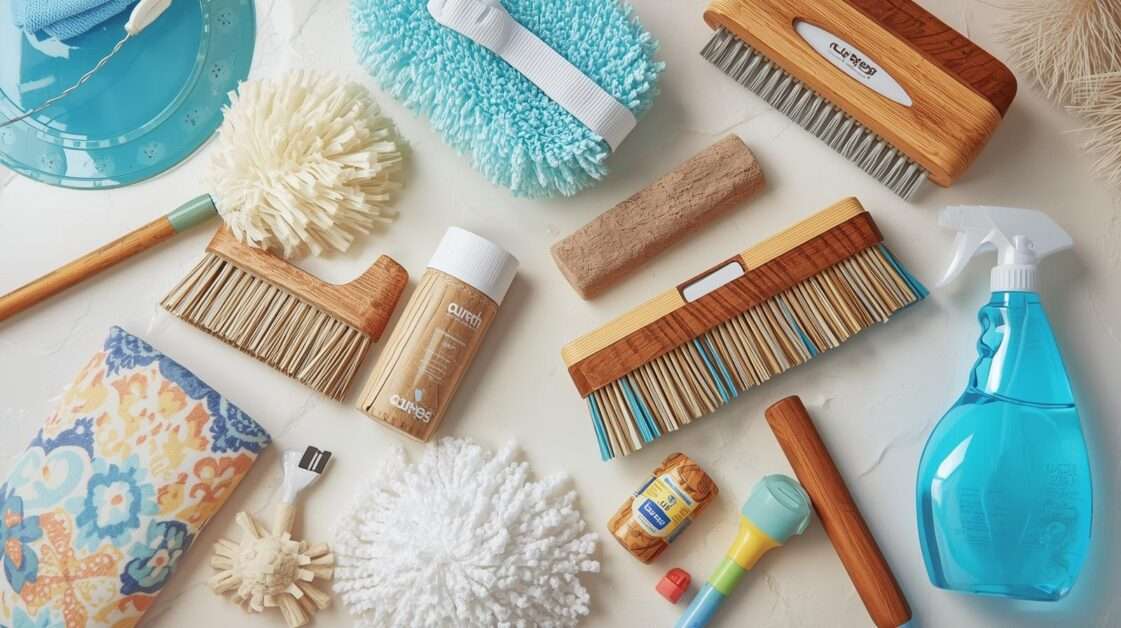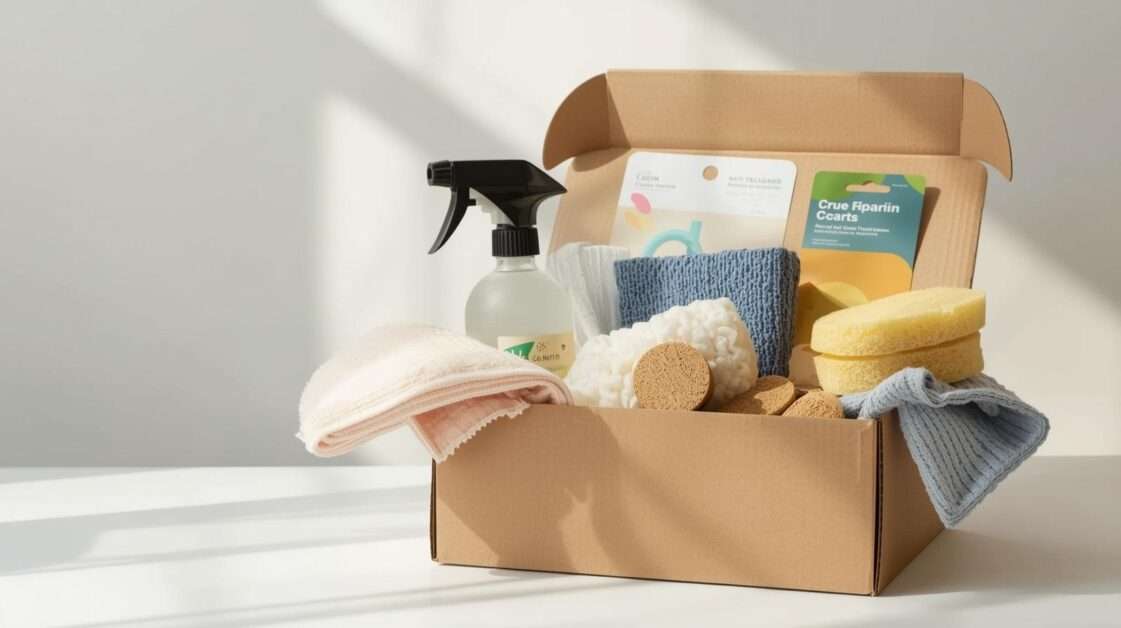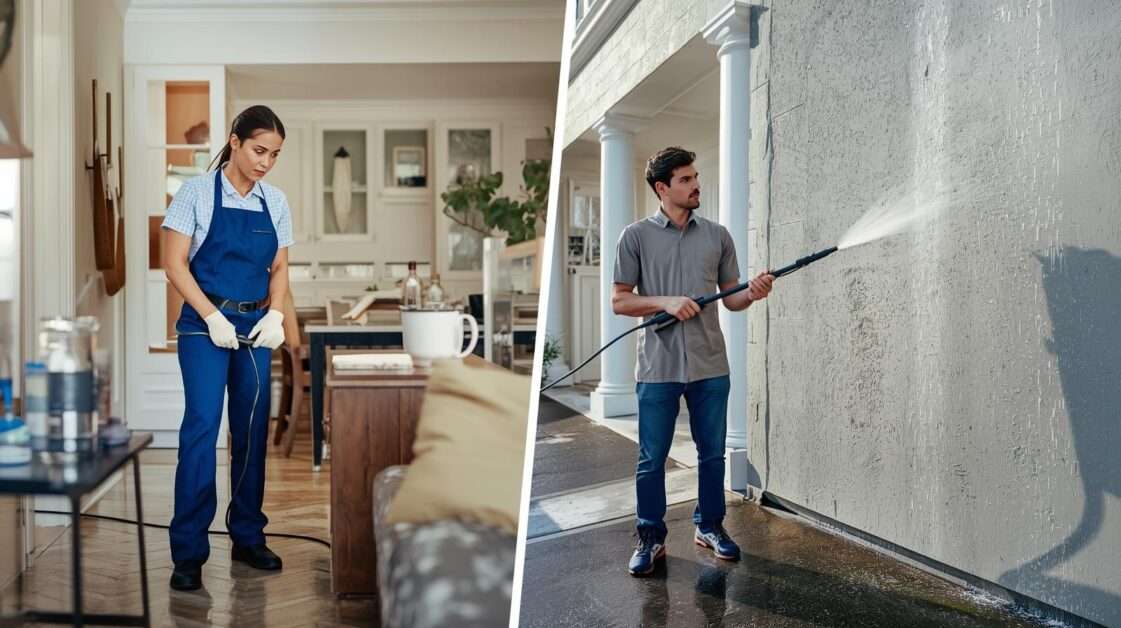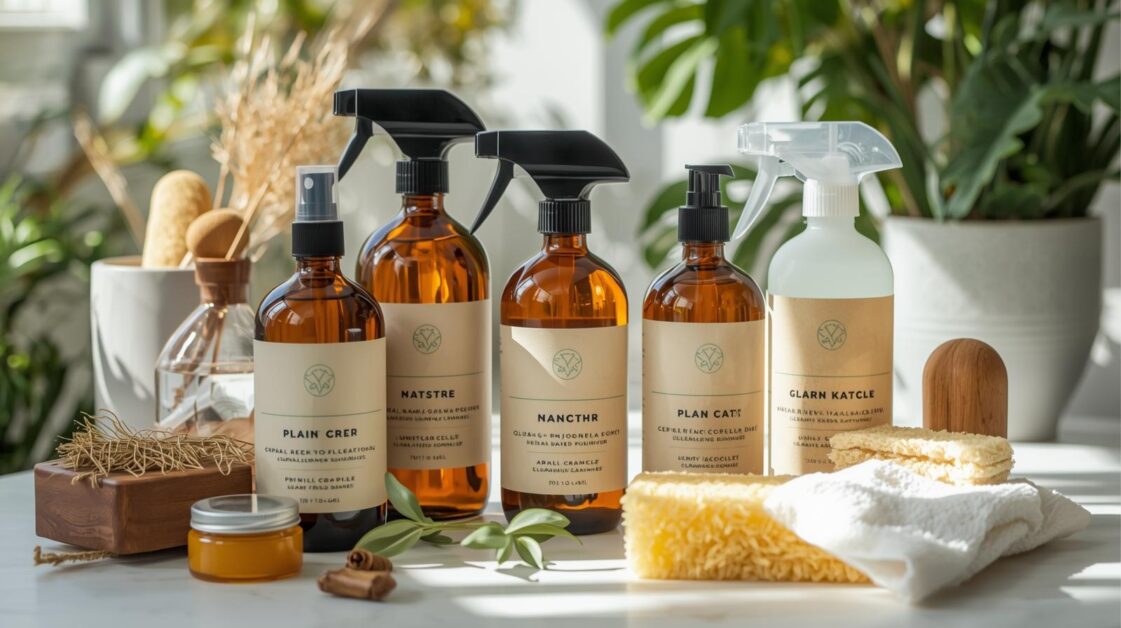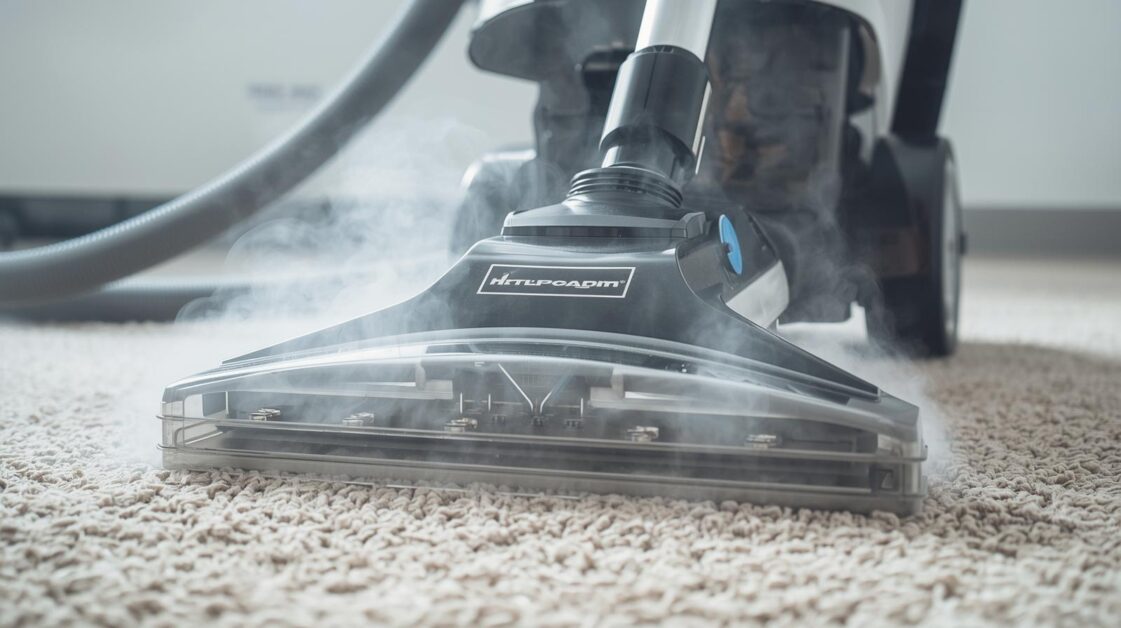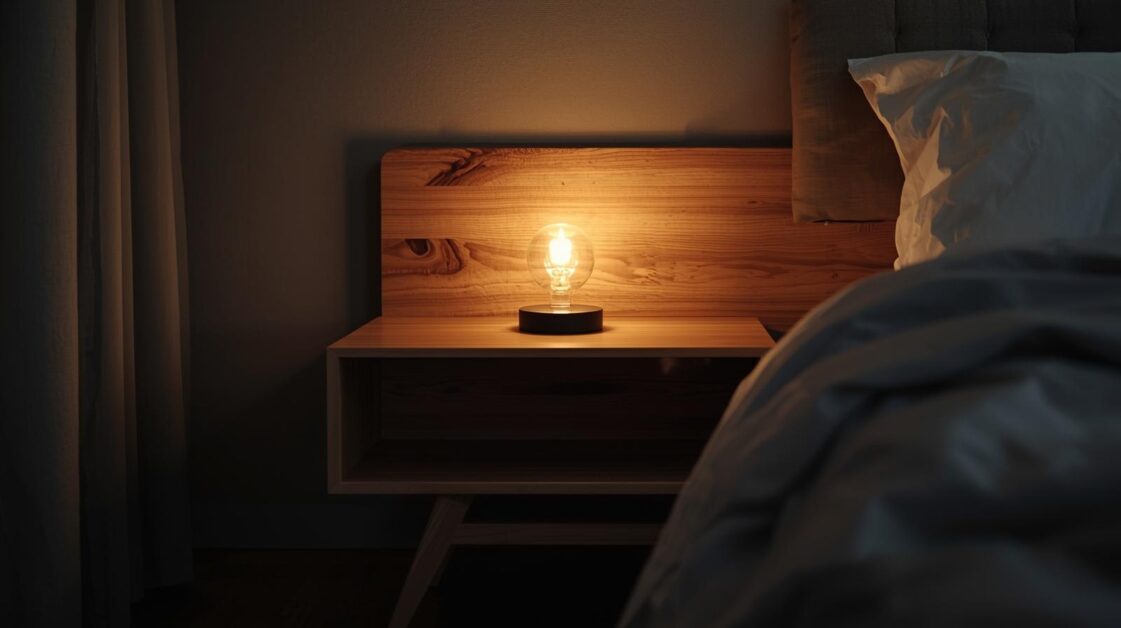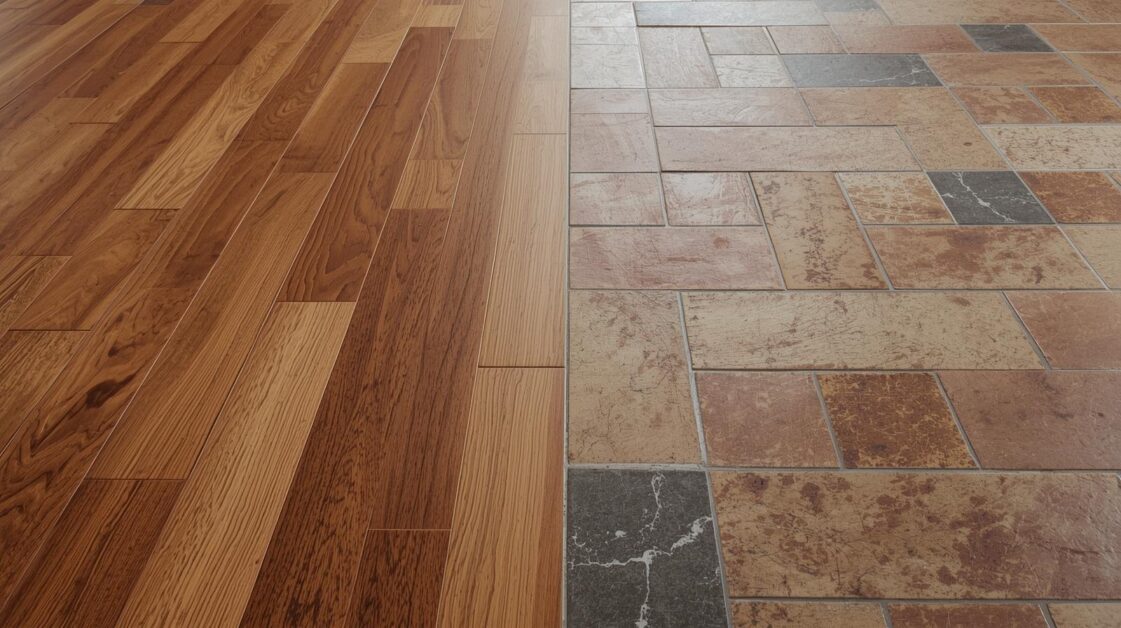The Hidden Bacteria Lurking on Your Light Switches
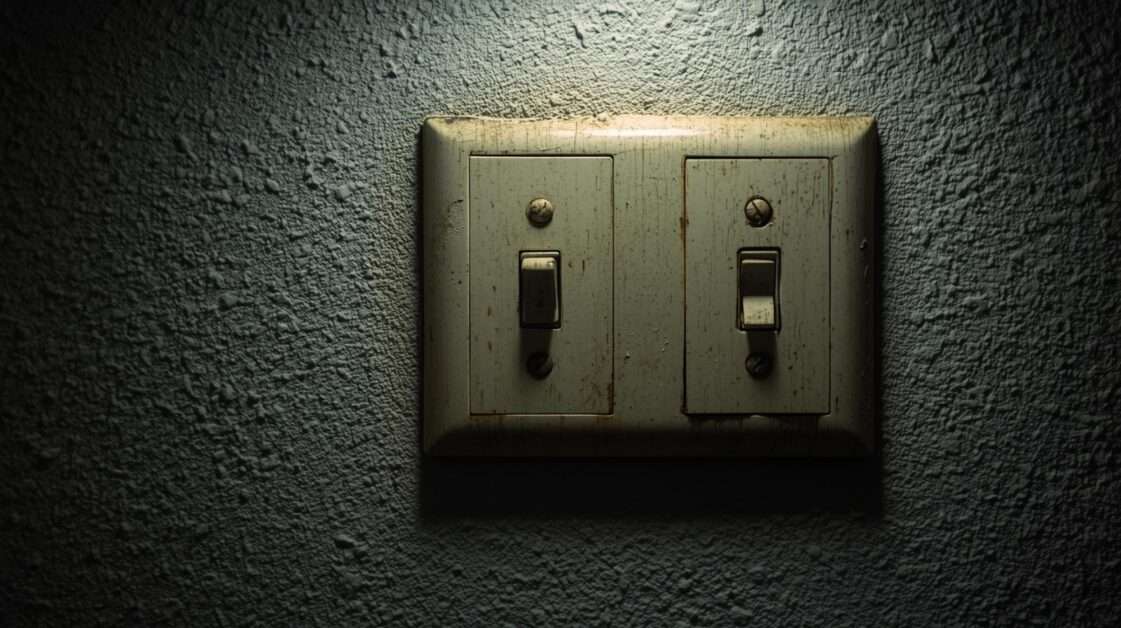
Most of us are vigilant about keeping kitchen counters, bathroom sinks, and floors clean. But there’s a small, often-overlooked fixture in nearly every room of your home that can harbor shocking levels of bacteria: the humble light switch.
Light switches are among the most frequently touched surfaces in your house, yet they’re rarely given the same cleaning attention as toilets or countertops. Especially in high-traffic areas or homes with children, these little panels can quietly become germ magnets—playing host to everything from cold viruses to E. coli.
If you’re looking to create a truly clean and healthy home environment in Carson, it’s time to shed some light on your switches.
Why Light Switches Are Dirtier Than You Think
According to studies by hygiene experts, light switches often rank among the dirtiest surfaces in a home—sometimes even worse than toilet seats. Why?
High Contact, Low Cleaning
Light switches get touched constantly—by clean hands, dirty hands, even greasy hands mid-cooking. Yet because they’re small and seemingly “harmless,” they’re easily forgotten during routine cleaning.Germ Transfer
Any bacteria or viruses present on a person’s hand can transfer directly to the switch. This includes common culprits like:Norovirus
Staphylococcus aureus
Influenza
Fecal bacteria (yes, really!)
Multiple Occupants, More Risk
In households with multiple residents—or in shared housing situations common in Carson—light switches become communal contact points, amplifying cross-contamination risk.
The Hidden Health Implications
If you’re diligent about hand washing but skipping over these high-touch surfaces, you’re essentially undoing your hygiene efforts. A dirty light switch can become a hotbed of reinfection, especially during cold and flu season.
In homes with children or elderly residents, neglecting these areas can contribute to respiratory issues, stomach bugs, or prolonged illnesses. If you’ve had recurring sniffles in your household and can’t pinpoint the source, your light switches might be part of the problem.
How to Properly Clean Light Switches
Luckily, cleaning light switches isn’t difficult—it just requires consistency and care. Here’s a step-by-step guide:
Turn Off Power (Optional for Deep Cleans)
For a deep clean involving damp cloths or any moisture, consider switching off the circuit breaker to avoid any risk.Use a Disinfecting Wipe
For regular cleaning, a disinfecting wipe or alcohol-based cleaning cloth is sufficient. Wipe the toggle, plate, and edges.Don’t Spray Directly
Never spray cleaner directly onto a switch—it can seep behind the plate and cause electrical issues. Instead, spray onto a cloth or use pre-moistened wipes.Dry Thoroughly
Make sure the area is dry before turning power back on or touching the switch again. This ensures safety and prevents grime from accumulating.Include It in Your Weekly Routine
Add switch cleaning to your standard checklist, especially in kitchens, bathrooms, and bedrooms.
Don’t Forget These Other High-Touch Spots
Light switches aren’t the only surfaces that accumulate hidden bacteria. When cleaning your home in Carson, pay attention to:
Doorknobs
Remote controls
Faucet handles
Refrigerator door handles
Microwave buttons
Drawer pulls
These surfaces have the same “high-touch, low-clean” profile and can harbor similar levels of microbes.
Should You Hire a Professional Cleaning Service?
If you’re juggling work, kids, and daily responsibilities, you may not have time to add light switches to your to-do list. That’s where a house cleaning service in Carson can help.
Professionally referred cleaners from Marching Maids understand the importance of thorough, top-to-bottom sanitation. That includes often-overlooked places like light switches, baseboards, and vent covers. They can also advise on which areas need weekly vs. monthly attention based on your home’s layout and lifestyle.
You can explore specialty services like [deep cleaning], [regular cleaning service], or [move-out cleaning] depending on your current needs.
Local Insight: Why This Matters in Carson
Carson homes range from older bungalows to newer constructions—many with families living under one roof. Shared bathrooms, communal living spaces, and multi-generational households increase the number of hands touching the same switches. This makes routine disinfection even more important for maintaining a healthy household.
In coastal Southern California, fluctuating humidity levels can also allow bacteria and mold to thrive more readily on household surfaces, including plastic switch plates.
A Small Step, Big Results
When you start noticing the small things—like grimy switches—you’ll begin to elevate the overall cleanliness of your home. It doesn’t take much: just a few seconds during your cleaning routine. But the payoff? Fewer germs, fewer sick days, and a noticeably fresher home.
If you’re in Carson and looking for a cleaning team that doesn’t cut corners—or skip the light switches—consider getting professional help from a trusted local service. After all, a truly clean home is in the details.
